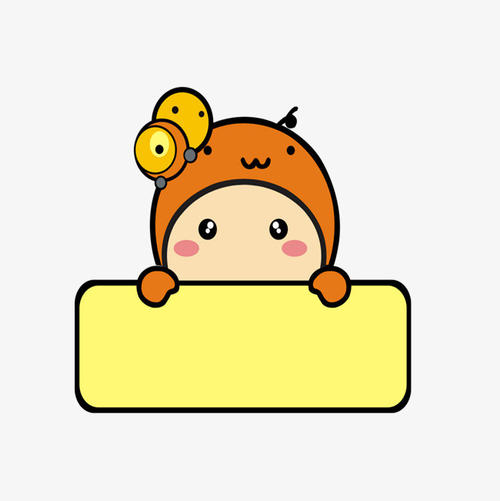The piano was perfected in the early eighteenth century by a harpsichord maker in Italy (though musicologists point out several previous instances of the instrument). This instrument was called a piano e forte (sort and loud), to indicate its dynamic versatility; its strings were struck by a recoiling hammer with a felt-padded head. The wires were much heavier in the earlier instruments. A series of mechanical improvements continuing well into the nineteenth century, including the introduction of pedals to sustain tone or to soften it, the perfection of a metal frame, and steel wire of the finest quality, finally produced an instrument capable of myriad tonal effects from the most delicate harmonies to an almost orchestral fullness of sound, from a liquid, singing tone to a sharp, percussive brilliance.
NOTE:
Musical Instruments
1.The strings (弦乐)
1) plectrum: harp, lute, guitar, mandolin;
2) keyboard: clavichord, harpsichord, piano;
3) bow: violin, viola, cello, double bass.
2. The Wood(木管)-winds : piccolo, flute, oboe, clarinet, bassoon, English horn;
3. the brass(铜管): French horn, trumpet, trombone, cornet, tuba, bugle, saxophone;
4.the percussion(打击组): kettle drum, bass drum, snare drum, castanet, xylophone, celesta, cymbal, tambourine.







文档为doc格式

 本文地址:
本文地址: 

